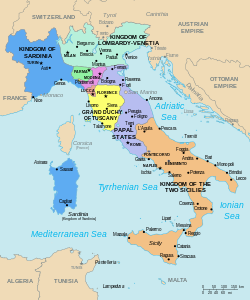This article includes a list of general references, but it lacks sufficient corresponding inline citations .(March 2017) |
| Imperial Order of the Iron Crown | |
|---|---|
 Insignia of the Order (third class) | |
| Awarded by the Emperor of Austria | |
| Type | Dynastic order |
| Royal house | House of Habsburg-Lorraine |
| Awarded for | Civil Merit |
| Status | Dormant since 1918 |
| Grades | 1st Class 2nd Class 3rd Class |
| Precedence | |
| Next (higher) | Order of Leopold |
| Next (lower) | Order of Franz Joseph |
| Equivalent | Order of Elizabeth |
| Related | Order of the Iron Crown (Italy) |
| Ribbon of the Order | |
The Imperial Order of the Iron Crown (German : Kaiserlicher Orden der Eisernen Krone; Italian : Ordine imperiale della Corona ferrea) was one of the highest orders of civil merit in the Austrian Empire and Austria-Hungary until 1918. [1] It was founded in 1815 by Emperor Franz I of Austria as a re-establishment of the original Order of the Iron Crown, which previously had been an order of the Napoleonic Kingdom of Italy.
Contents
The order had three classes and, until 1884, all classes conferred automatic hereditary ennoblement. The third class conferred the rank of Ritter , the second class conferred the rank of Baron , and the first class conferred the title of Privy Councillor, the style of Excellency and the right to attend court. According to the order's statutes, only a limited number of members throughout the empire were allowed at any given time. The maximum number of 1st class knights was 20, for the 2nd class it was 30 and for the 3rd class 50, limiting the total number of members to 100 at any given time.





